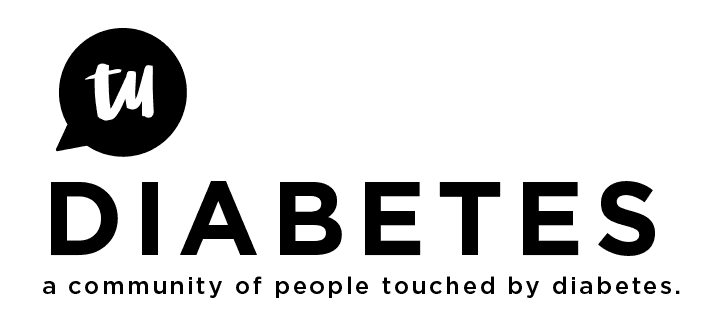When I read a comment that linked to a blog posted by @Laddie about her advocacy of continuous glucose monitor (CGM) coverage for Medicare eligible people with diabetes, I wanted to add my story to the mix.
@Laddie referred me to Nicholas Borselli of the firm HCM Strategists to tell my story in an effective way for public policy makers. Nicholas sent me a list of questions for me to answer about my experience with diabetes and the CGM. He took that rough draft and edited a story that could be used to influence legislators. I used his edited draft to further refine my writing and then I sent the story back to him.
He sent me an email recently to tell me:
We will now use the story (attached) for outreach when we visit Congressional offices.
Here is the story of what the CGM means to my life:
Terry’s Story
San Francisco, CA
I was diagnosed with type 1 diabetes in 1984 when I was 30 years old. I currently use a continuous glucose monitor (CGM) and insulin pump to manage my diabetes. The CGM system contributes many positive changes that improve my quality of life.
Three years after my diagnosis, I started on an insulin pump so that I could better match my lifestyle to my insulin needs, in hope of finding some predictability in life with diabetes. But since matching insulin to food and exercise using current tools is never a precise science, I realized that even keeping the same routine day after day would not insure steady, in-range blood glucose. This meant accepting a way of life vulnerable to risky and sometimes scary realities.
For instance, I learned to live with frequent hypoglycemia (low blood sugar). I have been transported to the emergency room twice with severe hypoglycemia, once from the scene of a car accident when I crashed my car into the back of a city bus at 40 miles per hour. I am thankful every day that I fastened my seat belt and no one else was hurt.
I live alone and endured extensive periods when I lost my ability to notice the symptoms of low blood sugar. Without someone else in the house, I live without a critical layer of protection.
But in September of 2009, my life improved. That’s when I started using a CGM. It allows me to keep my glucose in my target range for a high percentage of each day. It also allows me to reduce the rapid blood glucose swings common to most people that use insulin. That normal blood sugar range provides a higher quality of life with plenty of energy. Normal blood glucose also contributes to my emotional health. Did you know that people with diabetes are twice as likely to suffer from depression? It does, and thanks to my CGM, my tighter control rewards me with a greater sense of well being.
I call diabetes the “Goldilocks disease,” because good control means avoiding both low and high blood glucose. There is an endless list of other things that impact the blood glucose metabolism, including illness, stress, aging, seasonal changes, weather, travel, weight changes, and liver inconsistencies. Did you know that in addition to food digestion, the liver also releases glucose into the blood-stream and does so according to its own circadian rhythm? And that rhythm can change from day to day.
Which brings me to an important point: a healthy pancreas releases insulin right into the digestive system such that it goes to work in seconds and finishes in a matter of minutes. We people with diabetes, however, inject insulin into a fat layer just below the skin and that insulin doesn’t peak for 90 minutes and continues working for five hours or more. We make our best guess at how much we need and hope we’re right. To be safe we must watch our blood sugar like a hawk. This is where the CGM shines. It gives us a blood glucose report every five minutes. If things veer metabolically off-track, the CGM enables effective and timely counteractions. Without the CGM, we don’t know our blood sugar status until the next finger-stick glucose check, which may be hours later. For me, living without a CGM is like trying to drive a car with my eyes closed for 57 seconds of every minute.
I can only hope that once decision makers hear my story and the others like me that they will see the critical need to cover this life-saving technology. Right now, over 90 percent of private insurance companies cover CGMs. Why not Medicare? It is time for Congress to step up and change this policy, so that people over the age of 65 may gain access to this life-saving and vital technology.
I hope that my story can help move Medicare coverage of CGM technology. For me this is especially important as CGM tech plays a critical role in the various Artificial Pancreas Projects (APP) moving toward implementation in the next few years.
As I age I realize that my most precious resource in managing my diabetes is my knowledge and cognitive ability. If my cognitive abilities fade, I could easily see myself becoming a victim of a bureaucratic health care system that accepts marginal blood glucose control as “good enough.” The access of any future APP depends on the access that seniors have to CGM technology, the crucial building block of the APP.
We need to fight for Medicare CGM access now! CGMs not only improve quality of life but actually saves lives!
